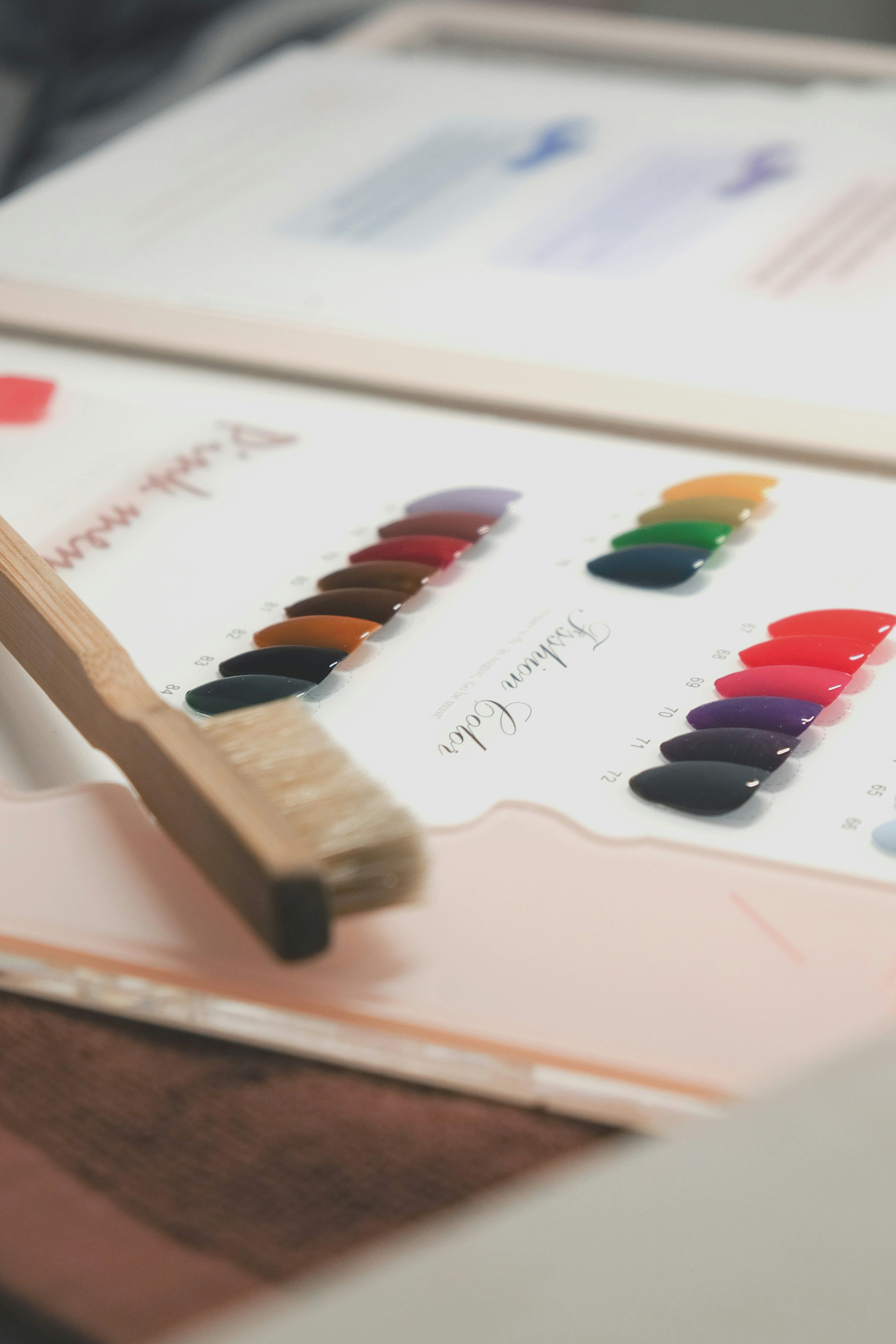Art History's Journey of Portrait Expression: From Early Depictions to Modern Interpretations
Exploring the Evolution of Portraiture in Art History
Tracing the evolution of portraiture from ancient civilizations to modern times reveals an intriguing tapestry of artistic development. Artists have consistently relied on portraiture as a medium to express identity, power, and human emotion.
Portraiture's origin can be traced back thousands of years as humanity's deep-seated desire to capture identity and essence. Early portraits, predominantly from ancient civilizations, focused on representing not only faces but also the spirit and status of the subjects.
In the era of the Egyptians, sculptures and paintings within tombs showcased reigning pharaohs. Greek portraiture emphasized realism and an ideal sense of beauty, while Roman portraiture highlighted individual characteristics, including flaws. Each civilization used various materials to capture lifelike portraits, emphasizing importance and social status.
Portraiture holds significant cultural value across different societies, providing insights into the values and beliefs of a time. Portraits convey status, identity, and personal stories. For instance, during the Renaissance, portraits were a symbol of wealth, with artists capturing not just likenesses but also emotions and narratives. Asian cultures feature portraiture that carries deep cultural meaning, such as Chinese paintings showcasing ancestors, which speaks to respect for lineage and tradition.
The Renaissance was a turning point in art history, marking a shift toward humanism and realism. Artists like Leonardo da Vinci and Michelangelo pushed boundaries, emphasizing individuality, and human experiences. Techniques like naturalism, attention to detail, emotional expression, and use of light set new standards for portrait artists.
As we move into the Baroque period, portraits are characterized by their emotional depth and rich detail. The focus on drama and realism is evident in Baroque portraiture, with artists like Caravaggio and Rembrandt creating works that appeal to both the eye and the heart. Wealthy patrons commissioned these works to display power and prestige.
The 19th century marked significant changes in portraiture, with the invention of photography stepping into competition with traditional methods. Artists began to shift their focus from mere likenesses to personality and emotion. At the same time, the Impressionist movement influenced the way artists approached portraiture, capturing moments rather than exact representations.
In modern times, portraiture transcends traditional realism. Artists explore deeper emotions, thoughts, and identities, inviting viewers to engage in a dialogue. Abstract interpretations in modern portraiture push boundaries by using shapes, colors, and forms to express feelings rather than realistic likenesses. Diverse perspectives in modern portraiture help showcase unique identities and experiences, while challenging societal norms.
Instructive technologies impact modern portraiture profoundly, enabling artists to manipulate images, connect globally, democratize the medium, and question authenticity. As the future unfolds, portraiture continues to evolve, offering exciting opportunities for artists and enthusiasts alike.
*Updated with relevant data:
-Dramatic advancements in technology have reshaped the world of portraiture, enabling artists to create hyper-realistic portraits utilizing AI and push the boundaries of artistic expression.
-The digital age has made photography and other forms of portraiture more accessible, encouraging diversity and innovation in artistic styles and narratives.
-AI-generated art and digital manipulation of portraiture raise questions about the nature of authenticity and identity in contemporary art.
Technology has revolutionized the realm of portraiture, allowing artists to generate hyper-realistic portraits using AI and pushing the boundaries of artistic expression.
The digital age, fueled by technology, has democratized portraiture, making photography and other forms more accessible, thereby fostering diversity and innovation in artistic styles and narratives.




